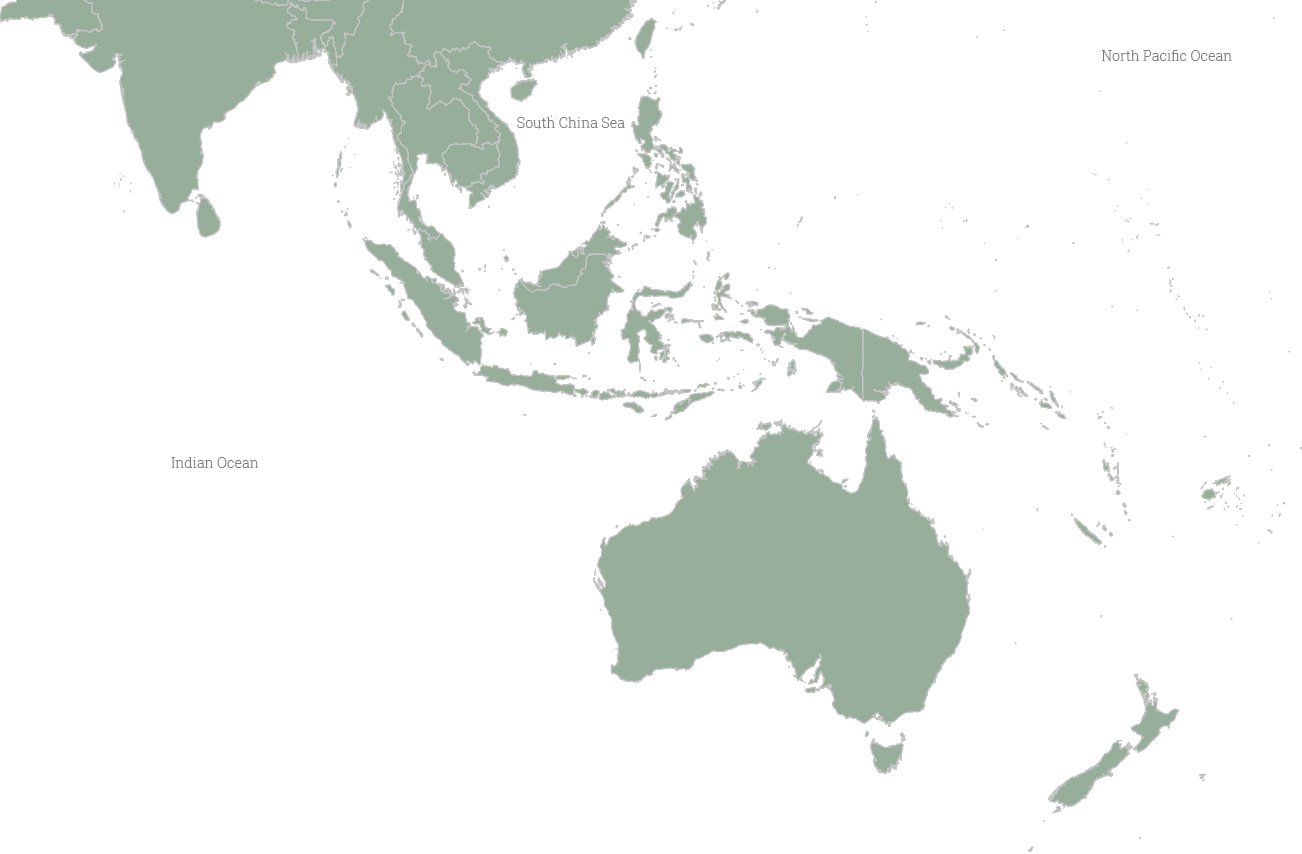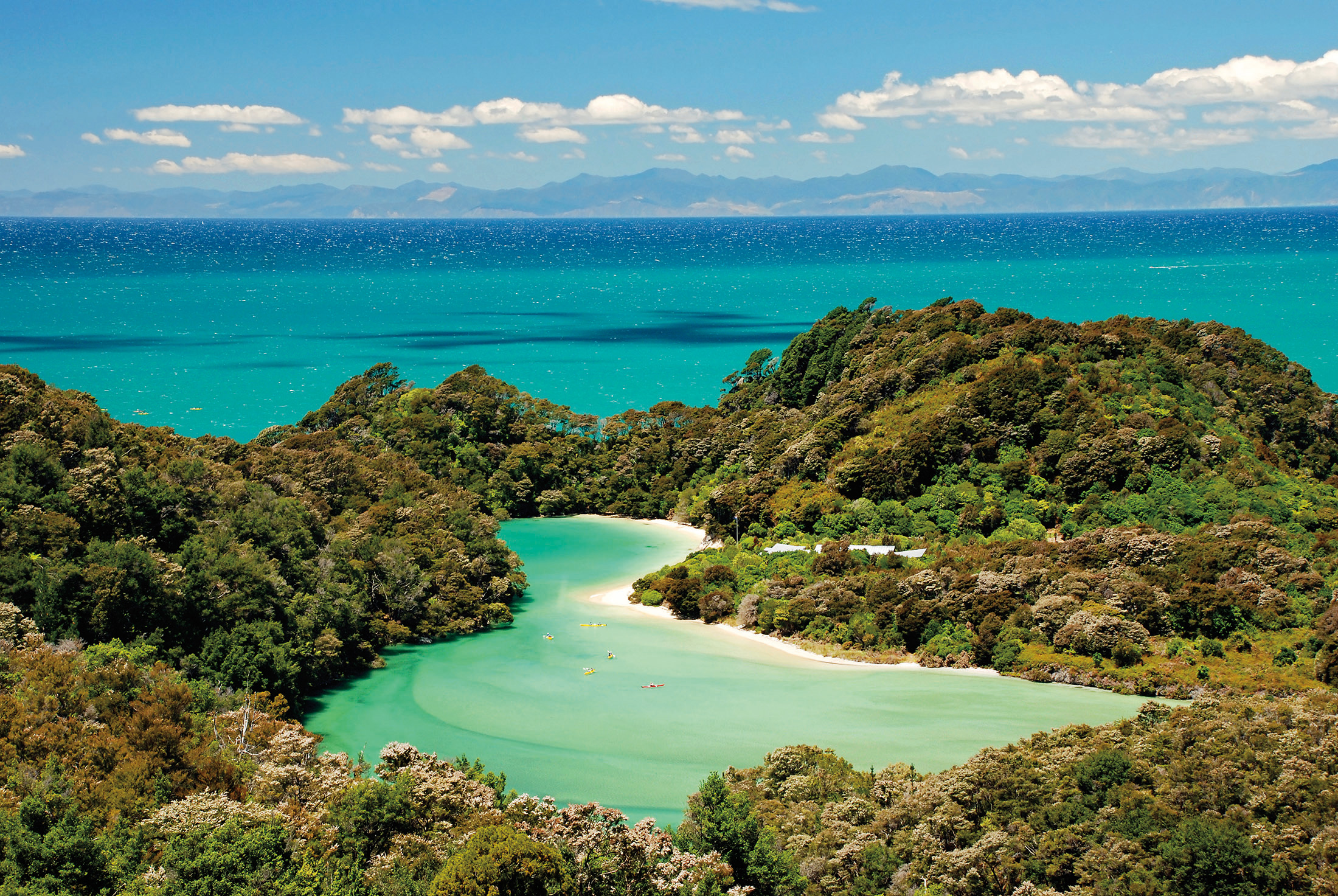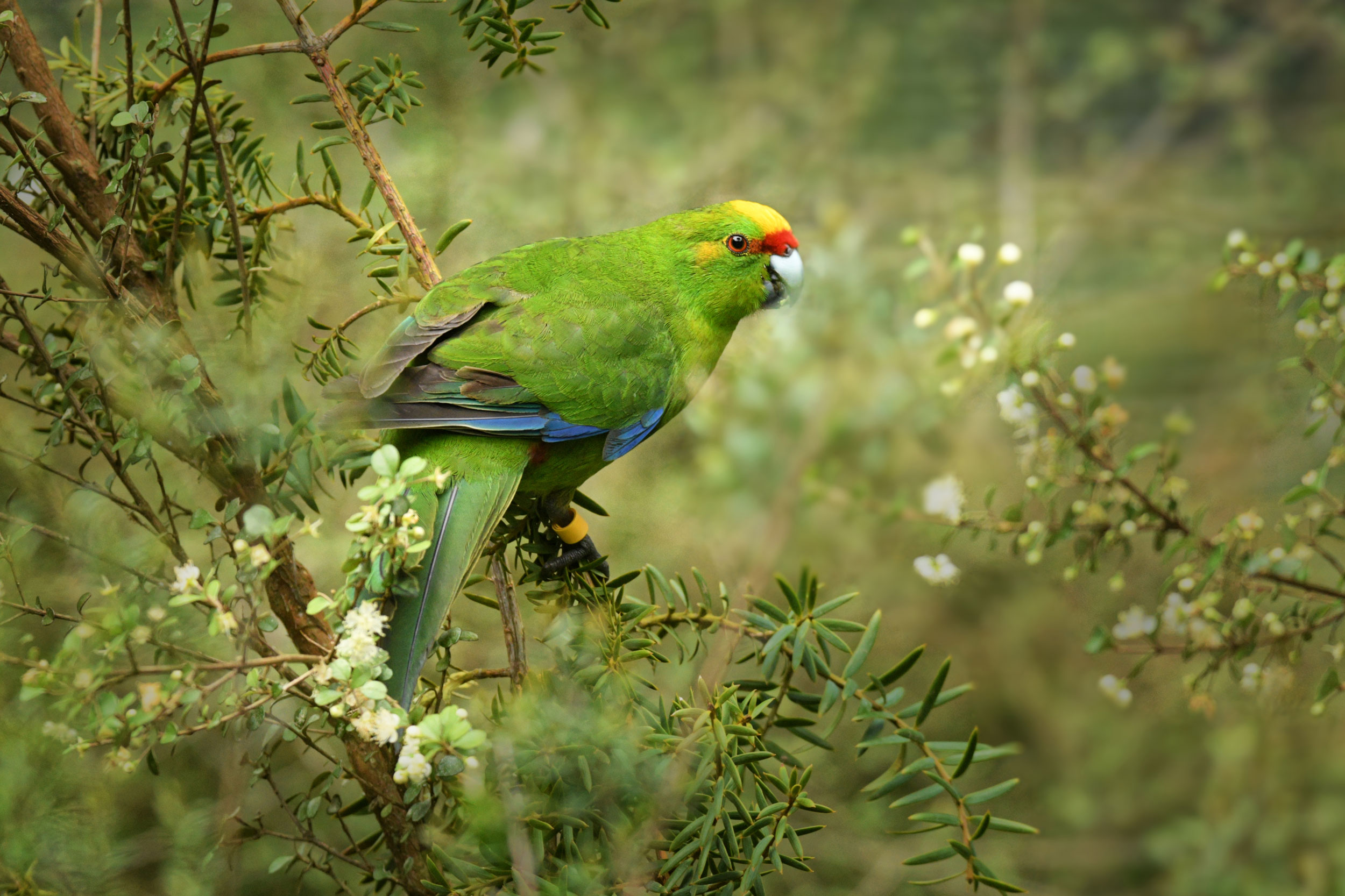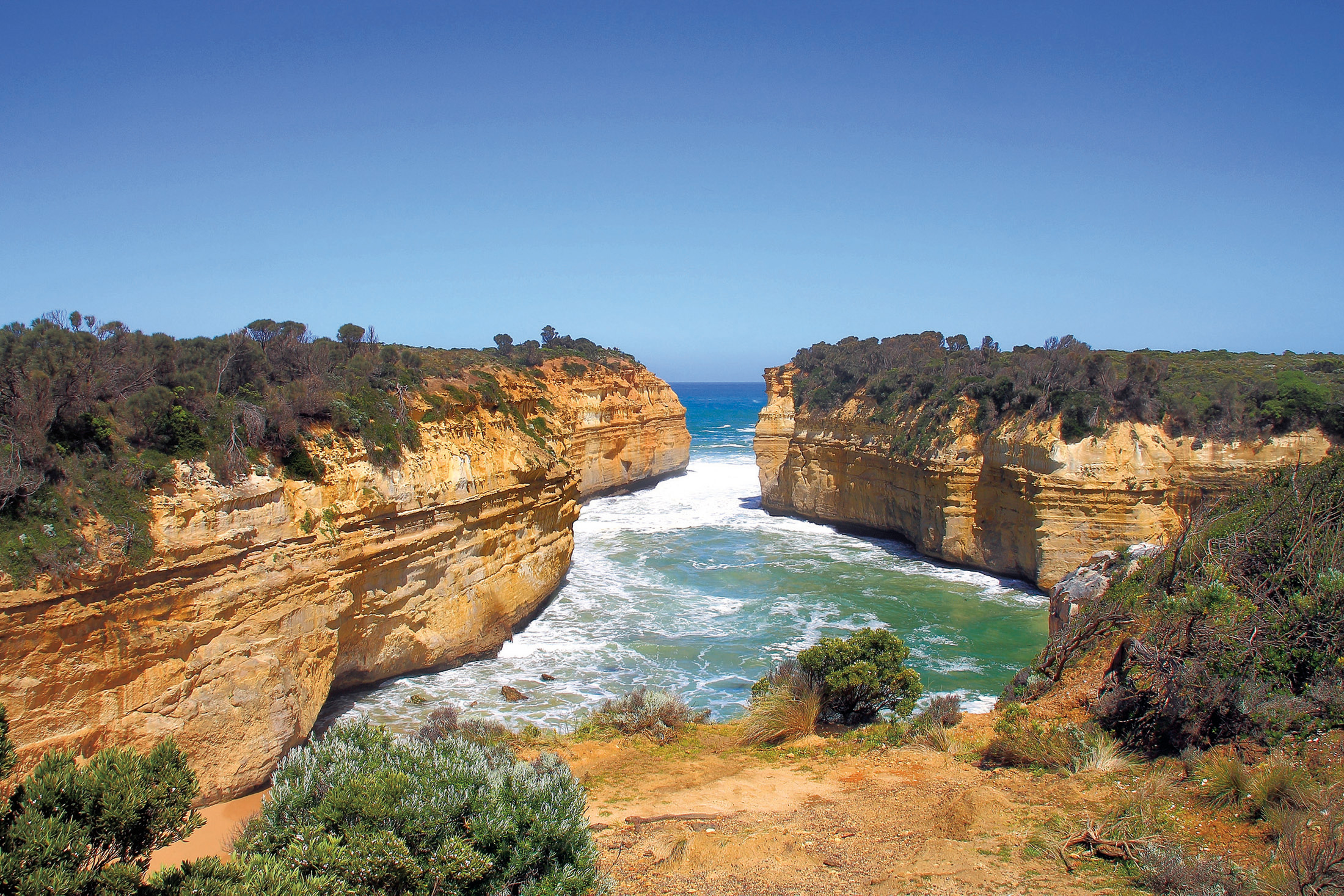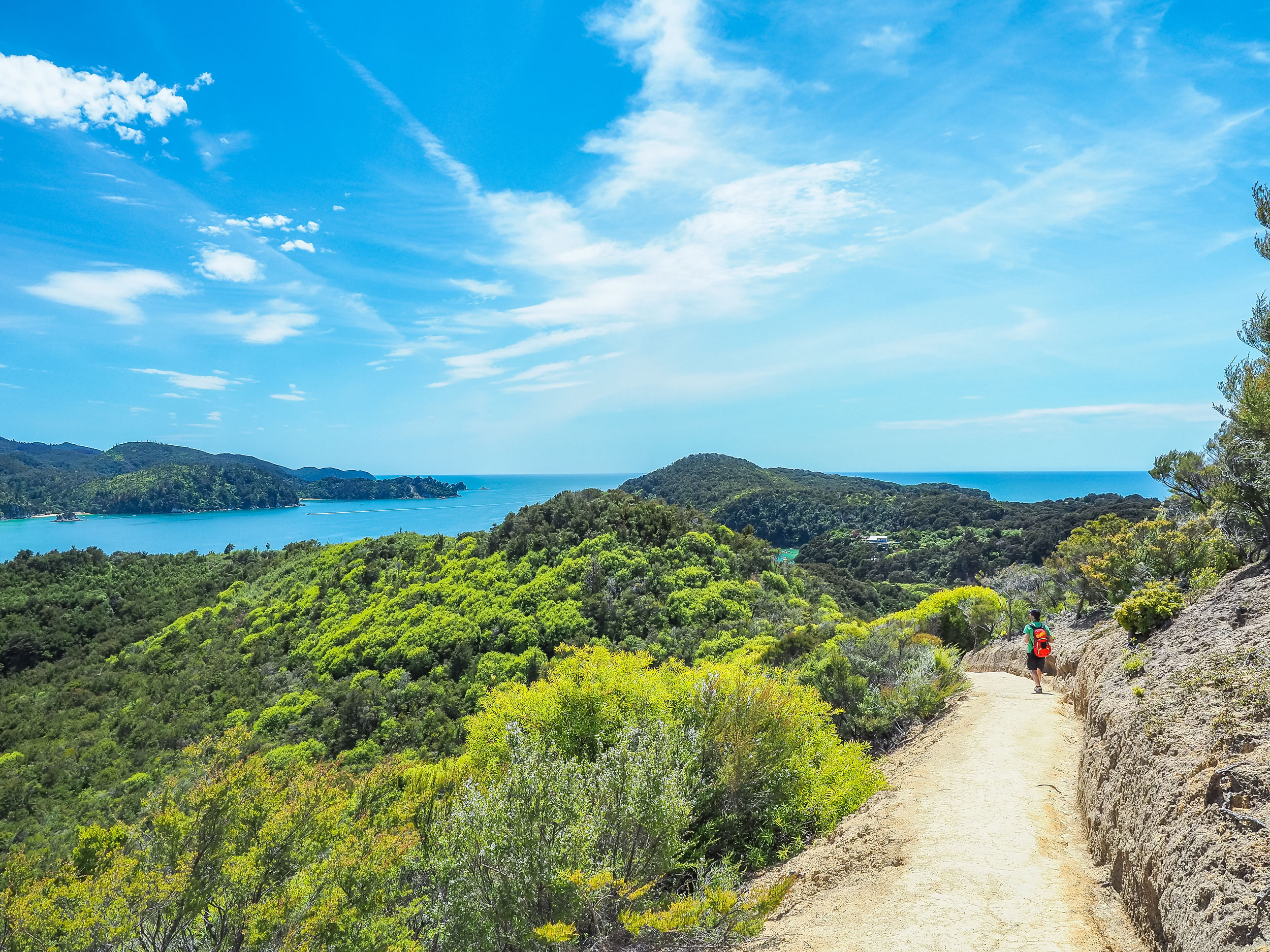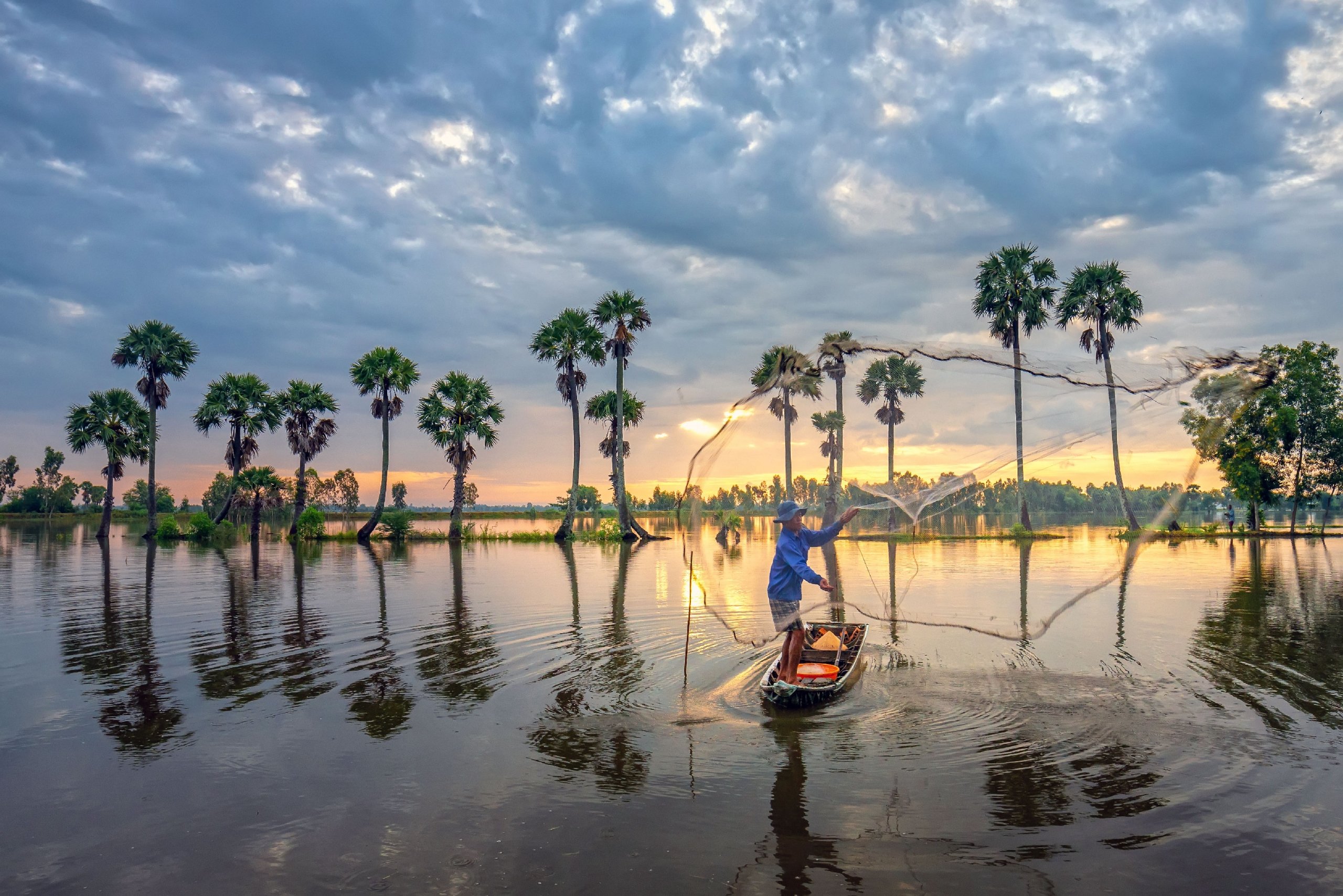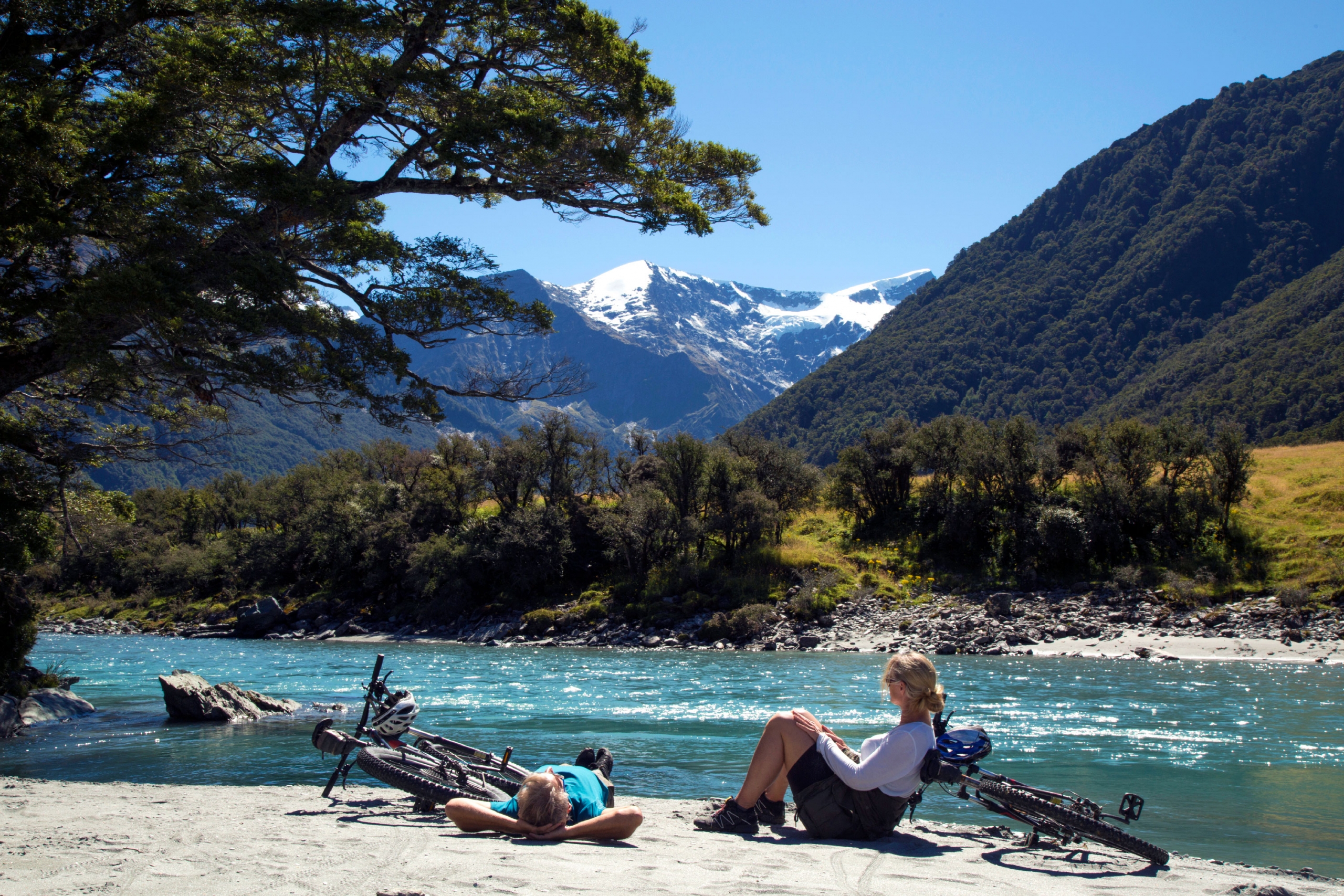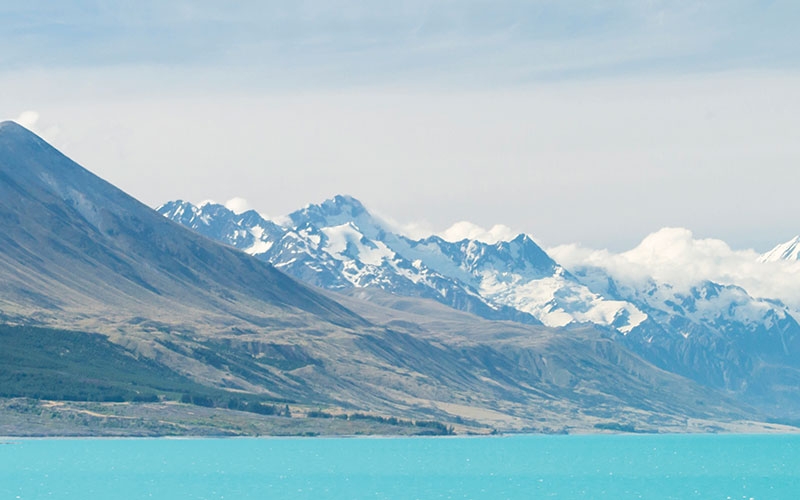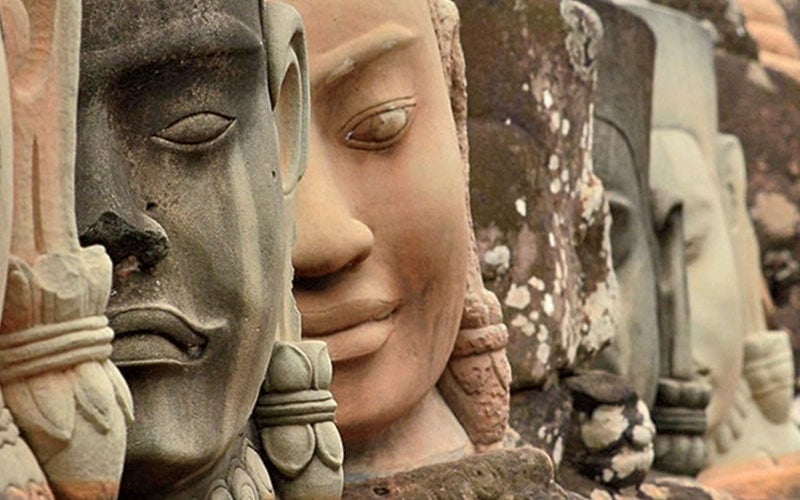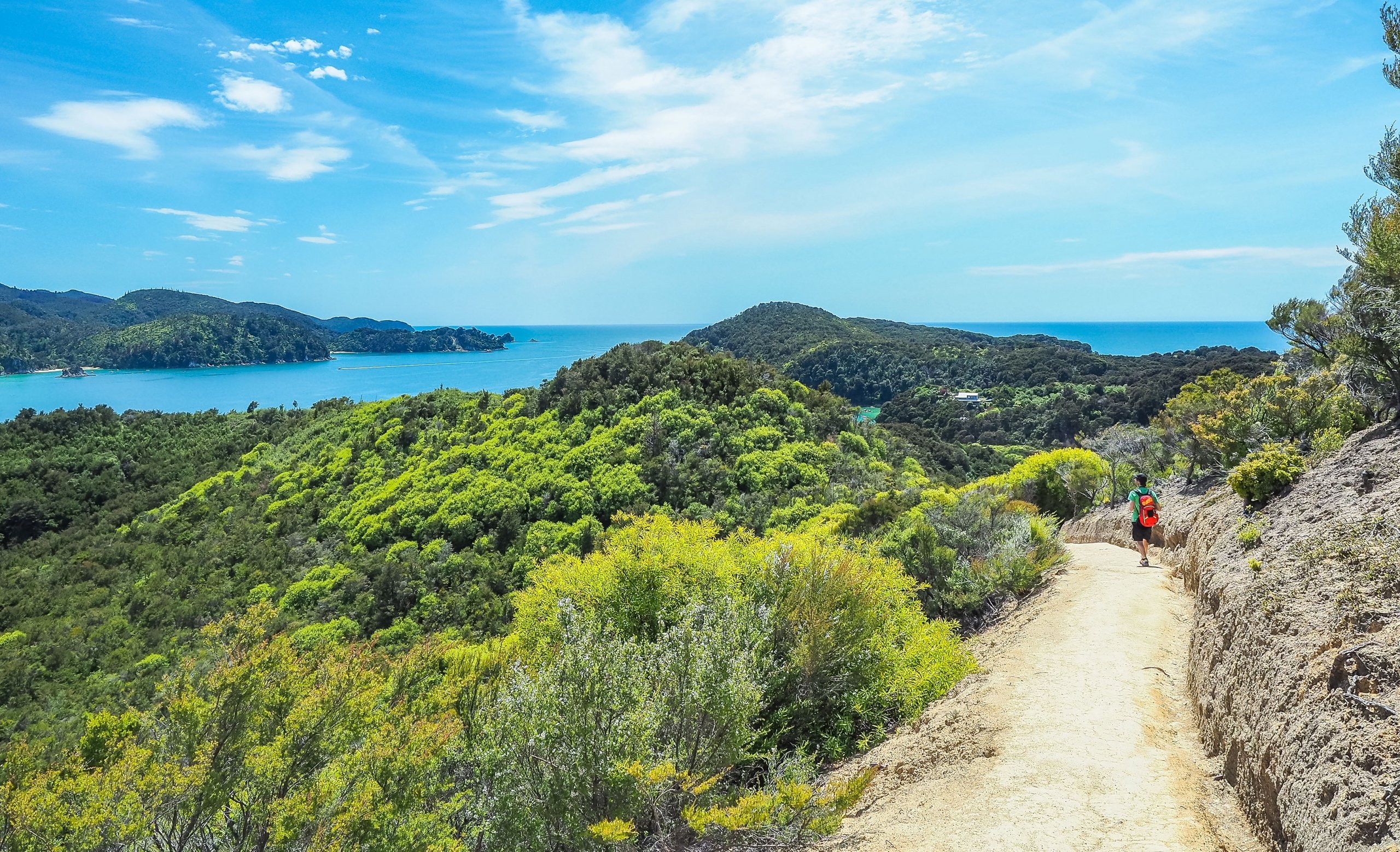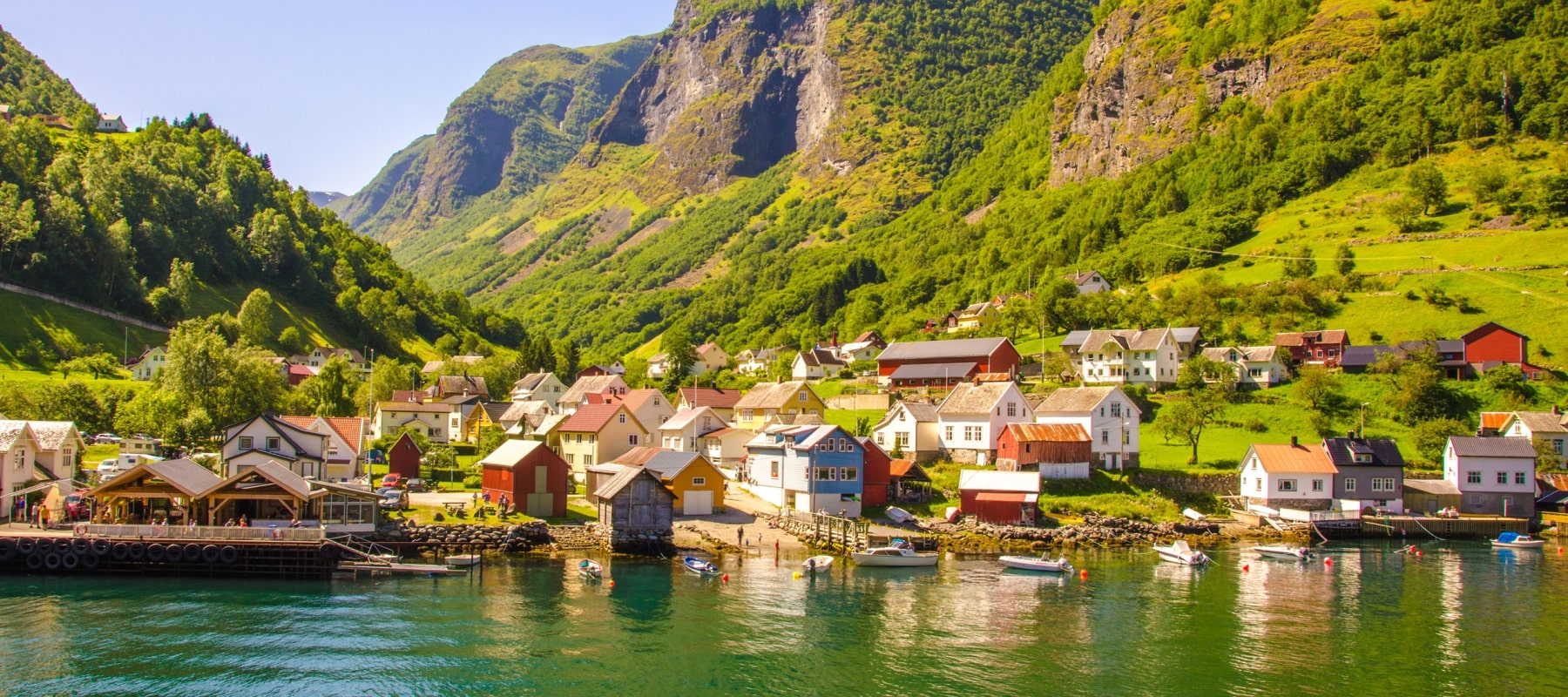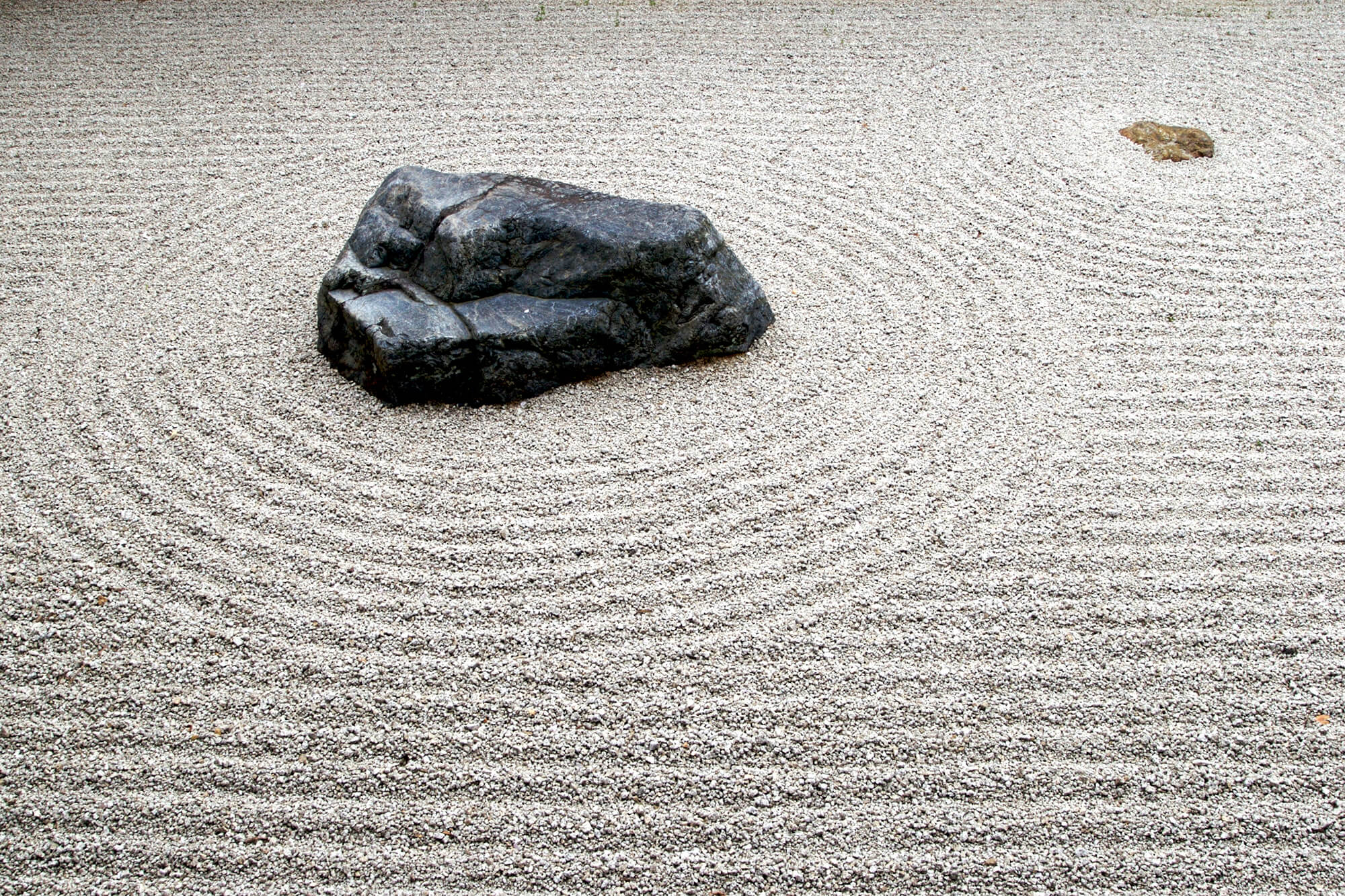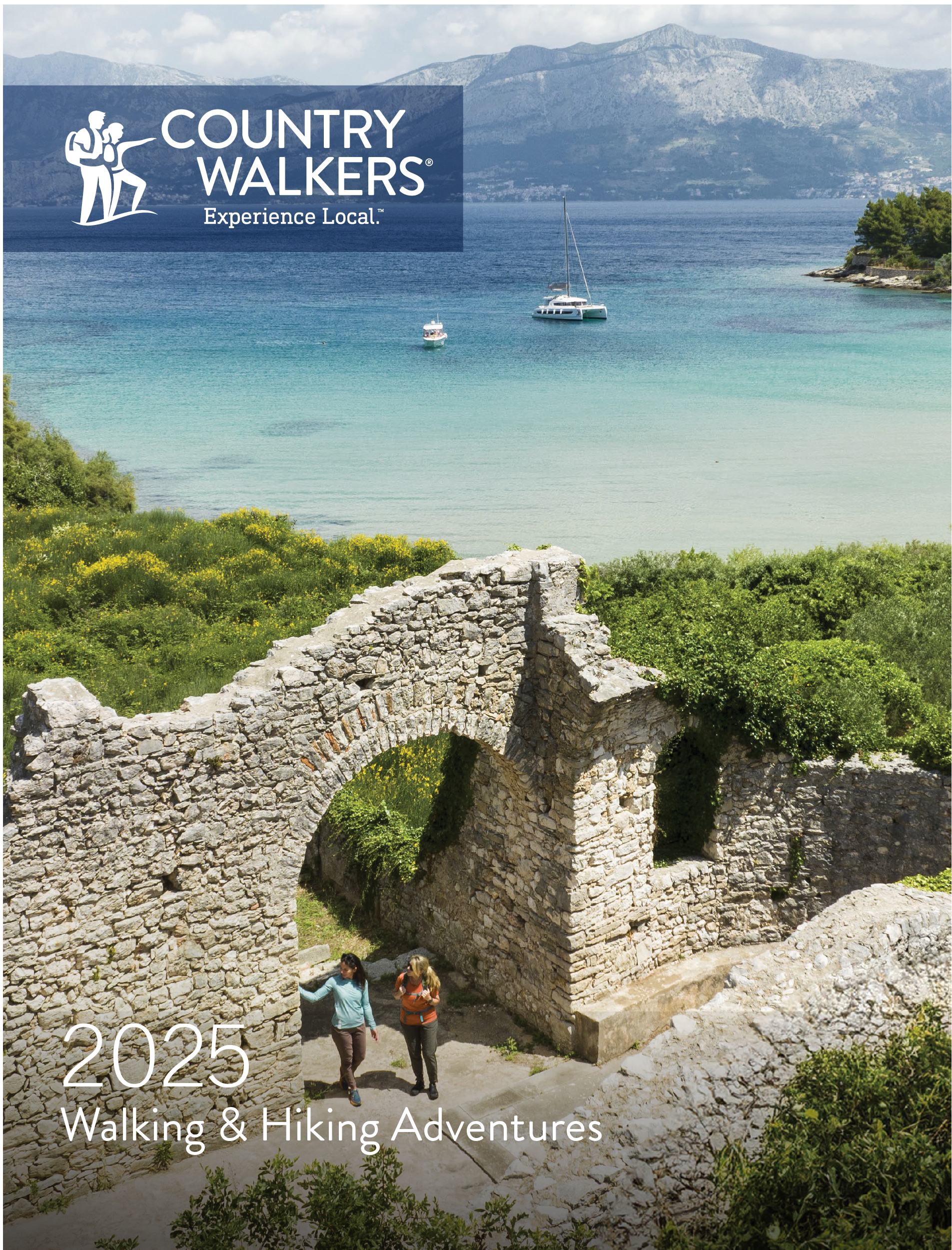Visit Asia and the South Pacific to walk through terraced rice paddies, wade in sparkling blue waters, and explore a kaleidoscope of wildlife. Your hiking tour of this fascinating and beautiful region of the world will immerse you in the vitality of everyday life that exists amongst its diverse array of cultures.
Whether you’re dining in an internationally-renowned sushi restaurant in bustling Kyoto, Japan or strolling through the shimmering green tea fields of Sri Lanka, a hiking tour of Asia and the South Pacific gives you a chance to immerse yourself in this region’s vibrant history, culture and geography in ways few other experiences can.
Traverse ancient jungle trails in the footsteps of the great treasure-seeking adventurers and famous explorers and dine on local cuisine made fresh in bustling open-air markets. Whether your hiking adventure takes you across the lush savannas or past the mighty granite cliff sides of New Zealand, no two trips to Asia and the South Pacific are similar, but all are unforgettable.

